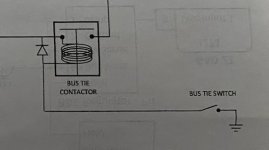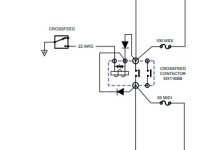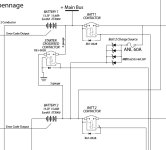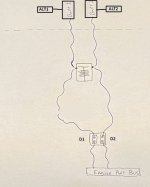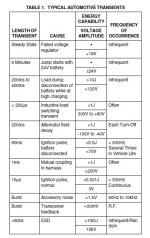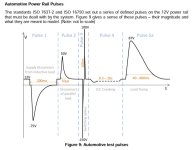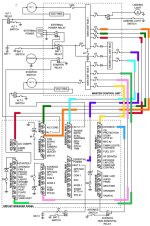I have a set of diodes installed in my power bus system. Alt 1 charges batt 1 and alt 2 charges batt 2. A pair of shottky diode puck is installed so that the two charging systems can't backfeed into the other.
At some point in the build, my diode has failed. Maybe it was bad when I installed it, I'm not sure. During a few ground runs prior to first flight, I noticed that my power system didn't seem right, and I traced it down to the diode. I have continuity both ways (or voltage in both directions) on both diode sides.
I have a new diode on order, and in the meantime I'm wondering, when a diode fails, will it always fail in a manner that allows power to feed through it in the normal direction (i.e. the busses still receive power)?
At some point in the build, my diode has failed. Maybe it was bad when I installed it, I'm not sure. During a few ground runs prior to first flight, I noticed that my power system didn't seem right, and I traced it down to the diode. I have continuity both ways (or voltage in both directions) on both diode sides.
I have a new diode on order, and in the meantime I'm wondering, when a diode fails, will it always fail in a manner that allows power to feed through it in the normal direction (i.e. the busses still receive power)?



